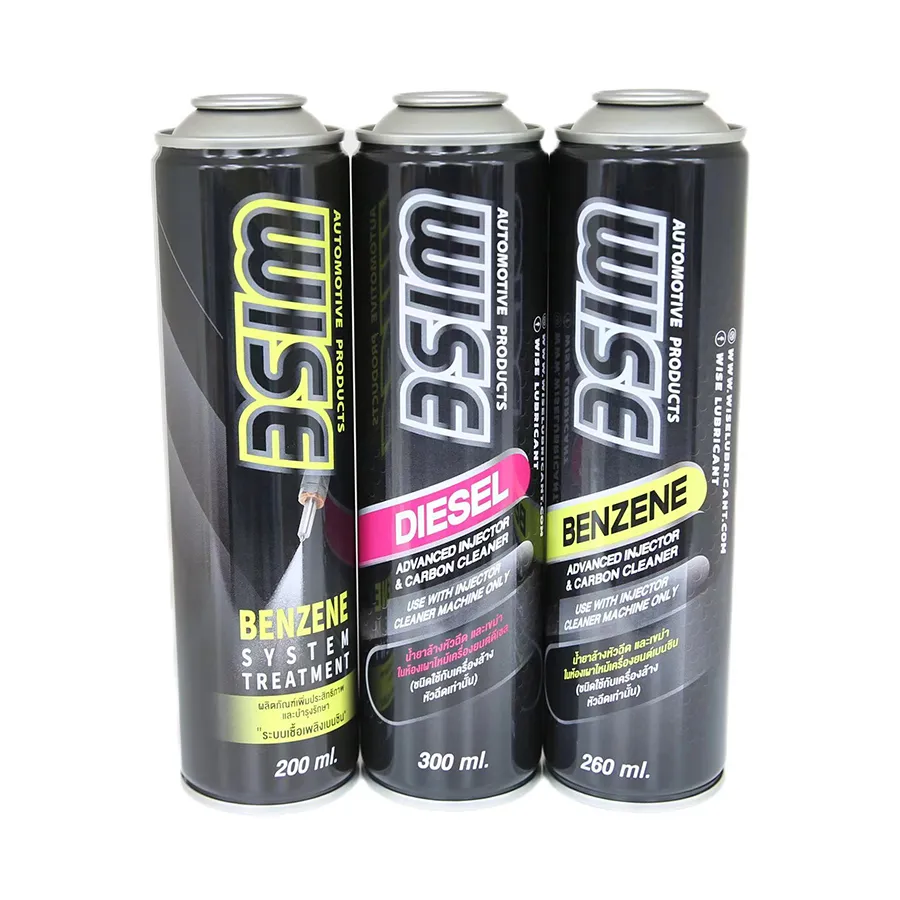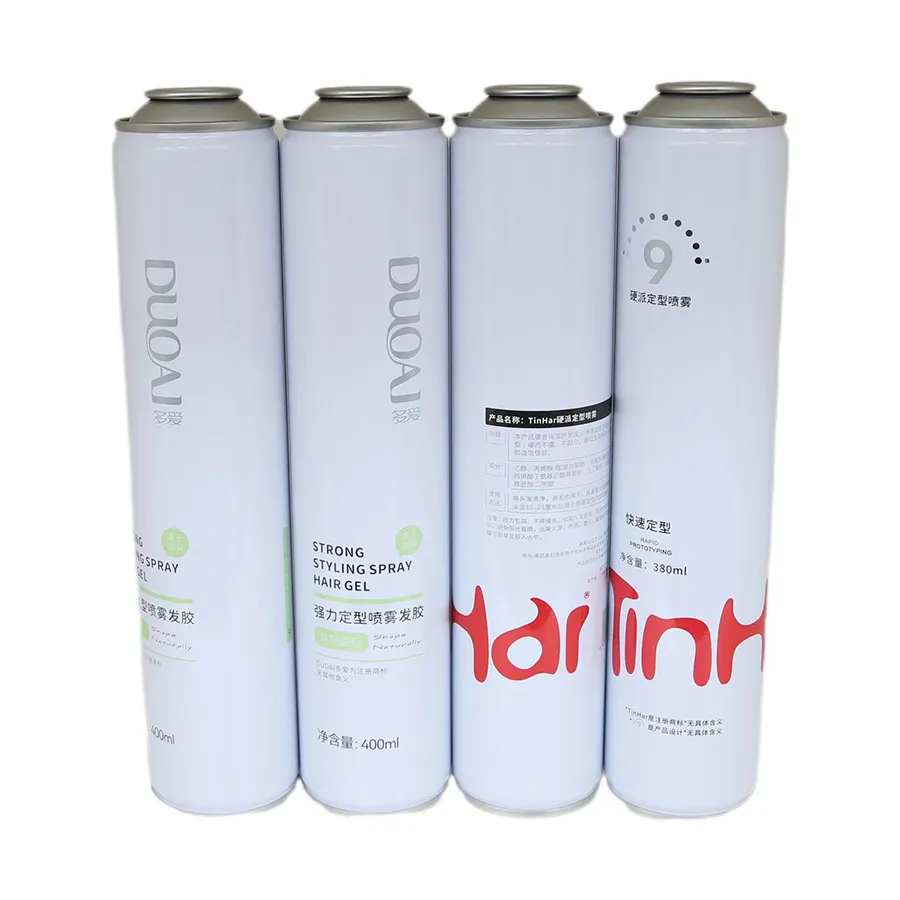As an important packaging material, metal cans have long been infiltrated into people's daily lives. Metal tins have a wide range of applications, from the preservation of food and beverages to the packaging of cosmetics and chemical products. Metal tins have become the first choice for many industries due to their high strength, good sealing, and strong corrosion resistance. However, the manufacturing process of metal cans is relatively complex and involves a variety of processes and technologies.
This article will explore the uses of metal cans and their manufacturing processes in depth, and analyze why this material can be so widely used in various fields.

What are the uses of metal cans?
Metal cans have a variety of uses, from early food preservation to industrial uses, and metal tins have unique application scenarios and historical backgrounds.
Early uses of metal tins:
In the early 19th century, metal cans were widely used to preserve food and other items. In 1813, the Royal Navy commissioned the production of the first tin canned food. By 1820, tin cans or cans began to be used to hold gunpowder, seeds, and turpentine. These early metal cans were usually made of iron or tin-lead alloys and were used to preserve food and other items.
Modern applications of metal tins:
Metal tins are used to package a variety of products, including food, beverages, pharmaceuticals, cosmetics, chemical products, paints, etc. Its main function is to provide a strong, sealed packaging solution that can extend the shelf life of the product. Before analyzing the manufacturing process of metal cans, we first need to understand the actual use of metal tins.
1. Food packaging: Food cans are one of the most typical applications of metal cans. By sealing food in metal cans and sterilizing them at high temperatures, food cans can keep food fresh and safe for a long time. The airtightness of metal cans allows them to effectively block air, moisture and light to prevent food from spoiling. Whether it is canned meat, vegetables or fruits, metal cans can ensure that the nutritional value of food is not lost for a long time while protecting the food from external contamination.
2. Beverage packaging: Metal cans are also widely used in the beverage industry, especially carbonated drinks and beer. Metal cans can not only withstand the high pressure inside carbonated beverages, but also prevent the influence of external light and air on beverages, ensuring that their flavor and taste are not damaged. Compared with plastic bottles and glass bottles, metal cans have stronger anti-permeability and higher recycling value.
3. Cosmetics and personal care product packaging: Some high-end cosmetics and personal care products, such as perfumes, face creams, skin care lotions, etc., will also choose to use metal cans for packaging. The exquisite appearance and solid structure of metal cans can not only protect the internal products from air oxidation, but also improve the grade and market competitiveness of products.
4. Chemical product packaging: The application of metal cans in the chemical industry is mainly concentrated in the packaging of products such as paints, coatings, solvents, and lubricants. Since most of these chemicals are corrosive and some are volatile, metal cans can provide long-term protection for these products with their anti-chemical corrosion properties to prevent leakage or deterioration.
5. Pharmaceutical product packaging: In the pharmaceutical industry, metal cans are used to package some powdered or granular drugs, medicines or nutrients to ensure that their efficacy is not affected by the external environment. Metal cans have excellent sealing properties, which can ensure that the drugs will not be damaged by external factors such as moisture and light during transportation and storage.

What is the manufacturing process of metal cans?
The manufacturing process of metal cans has undergone many evolutions and improvements. First, the raw materials (usually metal sheets) are cut, formed and welded to form the basic structure of metal tins. Then, the can body is cleaned, painted, printed and other treatments to enhance corrosion resistance and improve appearance. Finally, the product is filled and sealed to make it the final packaging container. The following are the main manufacturing processes of metal cans:
Material preparation
The materials commonly used for metal tins are tinplate or aluminum alloy. Tinplate is a low-carbon steel plate with tin on the surface, which has excellent corrosion resistance, while aluminum alloy is known for its lightness and recyclability. The choice of material depends on the specific use of metal cans. For example, food and beverage cans are mostly made of tinplate, while aerosol cans are more commonly made of aluminum alloy.
In the first step of the metal tins manufacturing process, the raw materials usually enter the factory in the form of large rolls. These metal coils are cut into suitable sheets according to the size requirements of metal tins.
Metal tins can body forming
The can body forming of metal tins is the most critical step in the manufacturing process. There are two common forming methods: two-piece cans and three-piece cans.
● Two-piece cans: Two-piece cans are composed of a can body and a can cover. The can body is stretched from a single metal sheet through a stamping process to form a seamless can body. This can body has better sealing performance due to the lack of side seams, and is usually used for packaging high-pressure products such as carbonated beverages and beer. The manufacturing process of two-piece cans includes deep drawing and stamping. The can bottom and can body are formed in one piece, which greatly reduces the welding points that may cause leakage.
● Three-piece cans: Three-piece cans are composed of a can body, a can bottom and a can cover. The can body is a cylinder formed by curling and welding a metal plate, and then the bottom and top are sealed separately. Three-piece cans are suitable for mass production due to their relatively simple production process and are widely used in the packaging of canned food. Although there are more welding points than two-piece cans, after special treatment, the can's sealing and strength can still be ensured.
Metal tins welding and sealing
For three-piece cans, welding is required after the can body is formed. Modern metal cans are mostly produced using resistance welding technology, which can ensure that the welding points of the can body are tight and firm, while reducing the risk of corrosion in the heat-affected zone. After welding, in order to enhance the sealing, the welds need to be coated to prevent the substances inside and outside the metal tins from leaking or corroding through the welds.
Metal tins internal and external surface treatment
The internal and external surface treatment of metal tins is an important step to ensure its anti-corrosion performance and adapt to different product requirements. The inner wall of metal tins is usually coated with a protective coating, which can prevent the can body from chemically reacting with the substances in the can, especially in the packaging of food, beverages and chemical products. This coating is particularly important.
The outer wall of metal tins often needs to be printed or painted to improve the aesthetics and market appeal of metal tins. The coating of the outer wall is not only for aesthetics, but also provides additional protection and reduces the wear and tear of metal tins during transportation and storage.
Printing and decoration of metal tins
The appearance design of metal tins is usually achieved through printing technology. In the field of consumer goods such as food and beverages, the outer packaging of metal tins often directly affects consumers' purchasing decisions. Therefore, printing quality is crucial to the market performance of metal tins.
Metal cans are usually printed by offset printing or gravure printing. After printing, the can body also needs to be dried to ensure that the ink adheres firmly and the color is bright. For some high-end metal tins, multi-level decoration processes may also be carried out, such as adding varnish or embossing to enhance the visual effect and touch of metal tins.
Can lid molding and packaging
The manufacturing of the can lid is different from that of the can body. The can lid is usually made by stamping molding. The can lid not only needs to have good sealing performance, but also needs to design a reasonable opening method to ensure that consumers can use it conveniently and quickly.
After the can body and can lid are prepared, the last step is to seal the two together. The packaging is usually completed by the crimping process, that is, the edges of the can lid and the can body are rolled together to form a strong sealing structure. This structure can effectively prevent air and external pollutants from entering the can, ensuring the long-term preservation of the internal materials of the metal tins.
Inspection and quality control
After the manufacture of metal cans is completed, the last process is inspection and quality control. Since metal cans are mainly used to package food, beverages and other products that are closely related to consumer health, it is necessary to ensure that each metal tins meets strict quality standards.
The inspection process includes testing the sealing of metal tins, checking the integrity of the coating, and testing the strength of the welds. Some metal cans will also undergo pressure resistance testing after packaging to ensure that the metal tins will not break or leak during transportation and storage.

Environmental protection and recycling of metal cans
Although the manufacturing process of metal tins is complex, it has good recycling performance and can play an important role in environmental protection. Aluminum cans and tinplate cans are both recyclable materials with high recycling rates. Reusing these metals can not only save resources, but also reduce energy consumption and environmental pollution.
During the recycling process, metal cans are usually sent to a specialized recycling plant, where they are cleaned, compressed and smelted and remade into metal sheets or other products. The recycling of metal cans not only extends the life cycle of the material, but also reduces the generation of waste.

